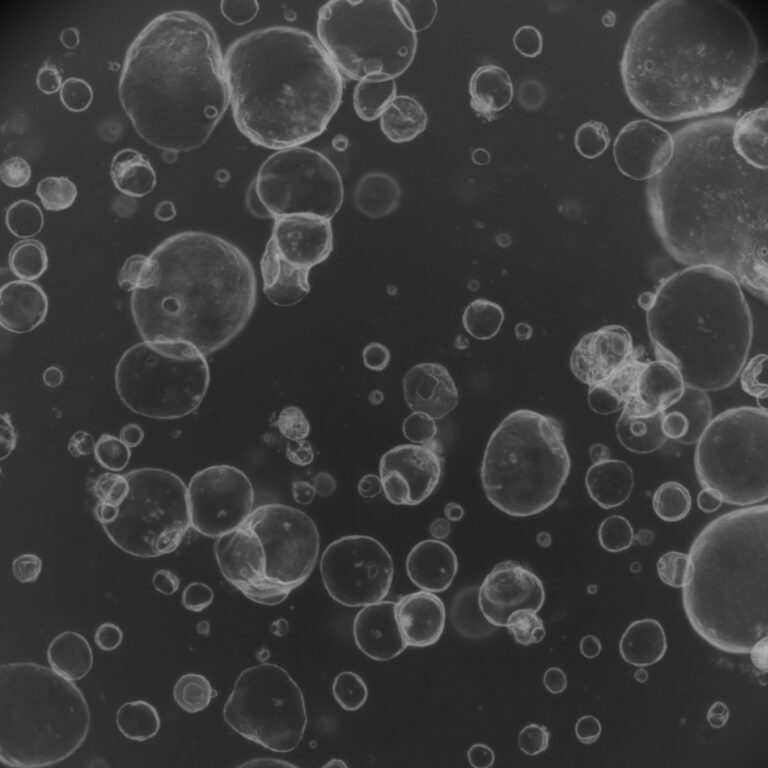Two research teams have demonstrated the potential for adding rat neurons to mouse brains to restore missing crucial cells and improve organ function. This breakthrough not only sheds light on the development of different species’ brains but also holds promise for growing ‘chimeric’ animals with human organs for transplantation. While previous studies have produced hybrid animals, including mice with rat organs and human neurons in their brains, the integration of rat neurons into mouse brain circuits has remained unclear. Kristin Baldwin, a neuroscientist, emphasizes the complexity of neuron integration, stating that neurons are not simply interchangeable like Legos. However, by adding rat cells early in mouse development, the researchers bypassed immune rejection issues, as the mice never recognized the cells as foreign. Furthermore, concerns regarding developmental rate mismatches between species were alleviated, as the mouse brains developed at a normal pace. Jian Feng, a physiologist, notes that this study offers valuable insights into developmental biology. Moving forward, researchers aim to expand this technology to study wild rodent species by transplanting their cells into lab mice, facilitating the exploration of their brain development and function.
Keywords: rat neurons, organ function, developmental biology




